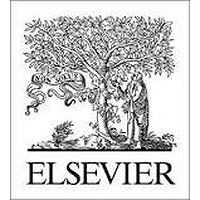The apnoea-hypopnoea index (AHI) is the primary measurement used to characterize the obstructive steep apnoea-hypopnoea syndrome (OSAHS). Despite its popularity, there are limiting factors to its application such as night-to-night variability.Aim. - To evaluate the variability of AHI in the OSAHS. Patients and methods. A prospective study was designed in our university hospital's sleep unit. Adults with clinical suspicion of OSAHS underwent 2 consecutive nights of polysomnographic recording. The population was divided in two groups according to an AHI > or < 10. Patients with psychiatric disorders or professions that might result in sleep deprivation or an altered sleep/wake cycle were excluded.Results. - Twenty patients were enrolled. The mean age was 50.6 +/- 9.3 years. OSAHS was mild in 4 cases, moderate in 6 cases and severe in 8 cases. AHI was less than 5 in two cases. AHI values were not significantly altered throughout both recording nights (33.2 vs. 31.8 events/h). A significant positive correlation was found between AHI measured on the first and the second night. However, a significant individual variability was noted. Comparison between both patient's groups showed a correlation between AHI and the body mass index.Conclusion. - This study demonstrates that the AHI in OSAHS patients is welt correlated between two consecutive nights. However, a significant individual variability should be taken into consideration, especially when AHI is used in the classification of OSAHS or as a criterion of therapeutic success. (C) 2016 Published by Elsevier Masson SAS on behalf of SPLF.

Night-to-night variability of the obstructive sleep apnoea-hypopnoea syndrome
Review badges
0 pre-pub reviews
0 post-pub reviews

